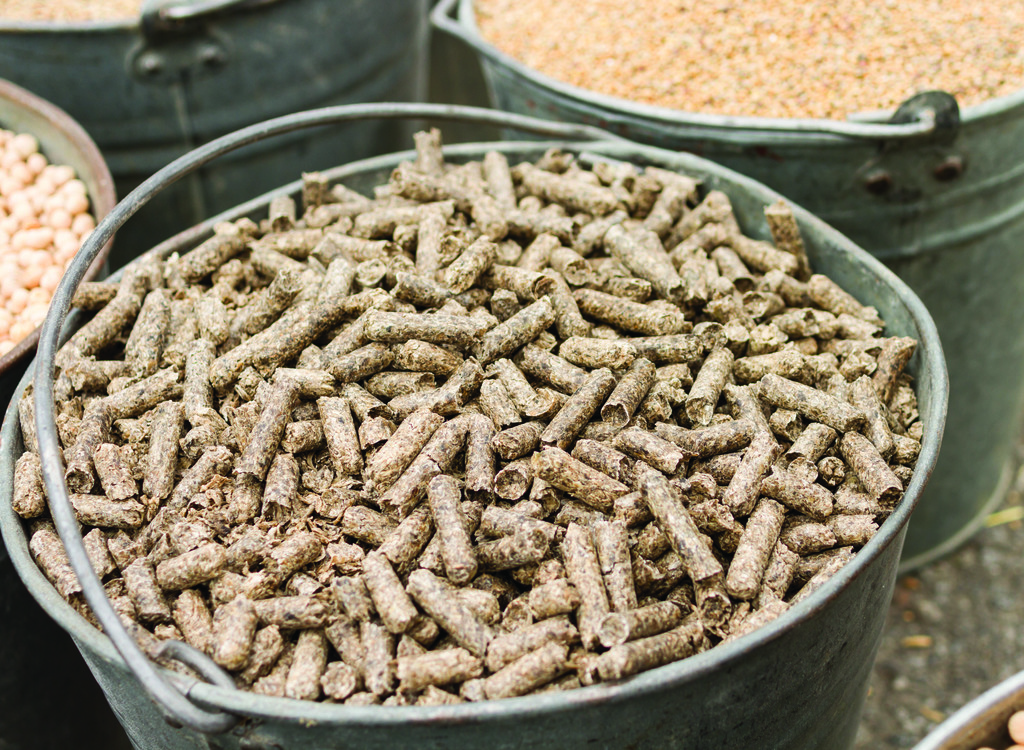

|
Edward Lowton
Editor |


|
| Home> | Plant, Process & Control | >Motors and drives | >Variable speed drive eliminates grinder stoppages |
Variable speed drive eliminates grinder stoppages
11 December 2017
Regular stoppages of a grinder used in the production of pelletised animal feed at Burniston Mill in Scarborough have been eliminated with the installation of an ABB variable speed drive (VSD) to control the input of ingredients.

Burniston Mill in Scarborough, UK produces animal feed by grinding grains such as wheat and barley. These are then pelletized to form the finished product.
The original installation employed a vibrating table which fed the grain into the grinding mill. However, because of its age the table was unreliable and often over-fed the mill. The motor had to work harder, resulting in current overloads that tripped the motor and stopped production. This was happening every two weeks on average. On each occasion the grain had to be dug out by hand, stopping production for at least an hour each time.
Steve Barker, mill manager at Burniston Mill, asked electrical systems specialist MP Electric to provide an alternative method for feeding the grinder. Working with ABB authorised value provider Halcyon Drives, a solution was developed using a 2.2 kW ABB machinery drive to control the speed of the motor driving a screw conveyor. The new system monitors the current drawn by the grinding mill motor and adjusts the speed of the screw conveyor to ensure the mill motor is not overloaded.
Control is achieved by using a current transformer on one of the phase conductors of the grinder motor supply cable. Transformed into a 4-20 mA signal, this is fed into the analogue input of the VSD controlling the screw conveyor. The speed of the conveyor is ramped up or down in inverse proportion to the current being drawn by the grinder motor – the harder the grinder works, the lower the feed rate of the conveyor, and the less hard it works, the higher the feed rate.
This ensures that hard grains are not fed into the grinder too quickly, whereas soft grains can be fed in at a higher rate. This has improved productivity by increasing the amount of soft Ingredients the process is able to handle in any given time period.
Ian Robinson, director of MP Electric, says: “Burniston Mill is now making better use of its capacity, as the grinder is not idling at a low speed when grinding soft products.”
- Control software
- Laser level transmitter offers high accuracy for harsh environments
- Landfill site cuts pump power
- Tile maker cuts energy costs by 30% with new drive
- ABB to showcase latest technologies for water at IWEX 2015
- Emergency drive helps avoid pollution risk
- Oil costs reduced
- Takes the biscuit
- Guaranteed energy savings
- New control technology for drive

















